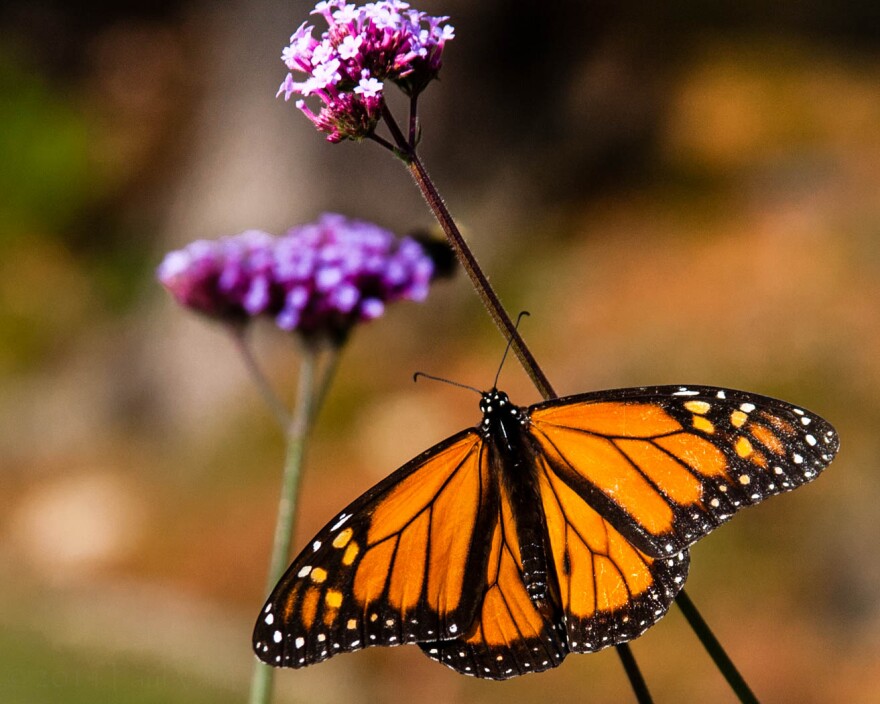Scientists continue to keep a nervous eye on North America’s eastern monarch butterfly population.
That population has dropped by more than 80% over the past decade.
A study published this week in the journal Scientific Reports suggests there’s a “substantial chance” that monarchs could become “quasi-extinct” within the next 20 years.
The Toledo Zoo is hoping to counter that threat with its captive-breeding program, and the news that nine of the monarch butterflies they released last fall have been spotted in central Mexico is a very big deal.
Ryan Walsh with the Toledo Zoo calls it “a great representation that we are having at least a little bit of an impact.”
Walsh tells us that each butterfly they raise and release is marked with University of Kansas Monarch Watch tags so that they may be individually identified and tracked.
He says that members of the public can symbolically adopt the zoo’s monarchs, and that four of the nine identified in central Mexico had been adopted.
Walsh explains that unlike some other butterflies native to the Midwest, monarchs aren’t hardy enough to survive our strong winters.
“They fly down there over winter, and then as the temperatures start warming up, the remigrate back up to the north,” he says. “And typically what they’re doing is actually following their larval host plant, the milkweed.”
Walsh tells us that the Toledo Zoo’s captive-breeding program is only one part of their monarch conservation efforts, and is geared mainly toward raising interest and educating the public about the butterflies.

“There are millions of monarchs across the country, so releasing 100, 200, even 700 like we did last year, it’s not going to have a huge impact,” he says. “What does have the impact is the outreach component of that. So when I release [butterflies] with a group of kids or a group of donors … by getting to participate in something like that, they get really excited about monarchs. And then we always pair those releases with information about what people can do, what they can take home and do in their backyard, and that’s really the big component of our monarch conservation program.”
If you want to do your part in the monarch conservation effort, Walsh says flowers and native plants go a long way to helping monarchs and native pollinators.
“If you really want to have an impact on the monarch population, one of the most important things is to plant milkweed in your backyard,” he says. “There are lots of species of milkweed that aren’t as invasive as common milkweed, and really, incorporating that into your yard is going to provide a site for the entire life cycle of the monarchs.”
Ryan Walsh tells us more about monarch butterflies and the Toledo Zoo's conservation efforts in our conversation above.





